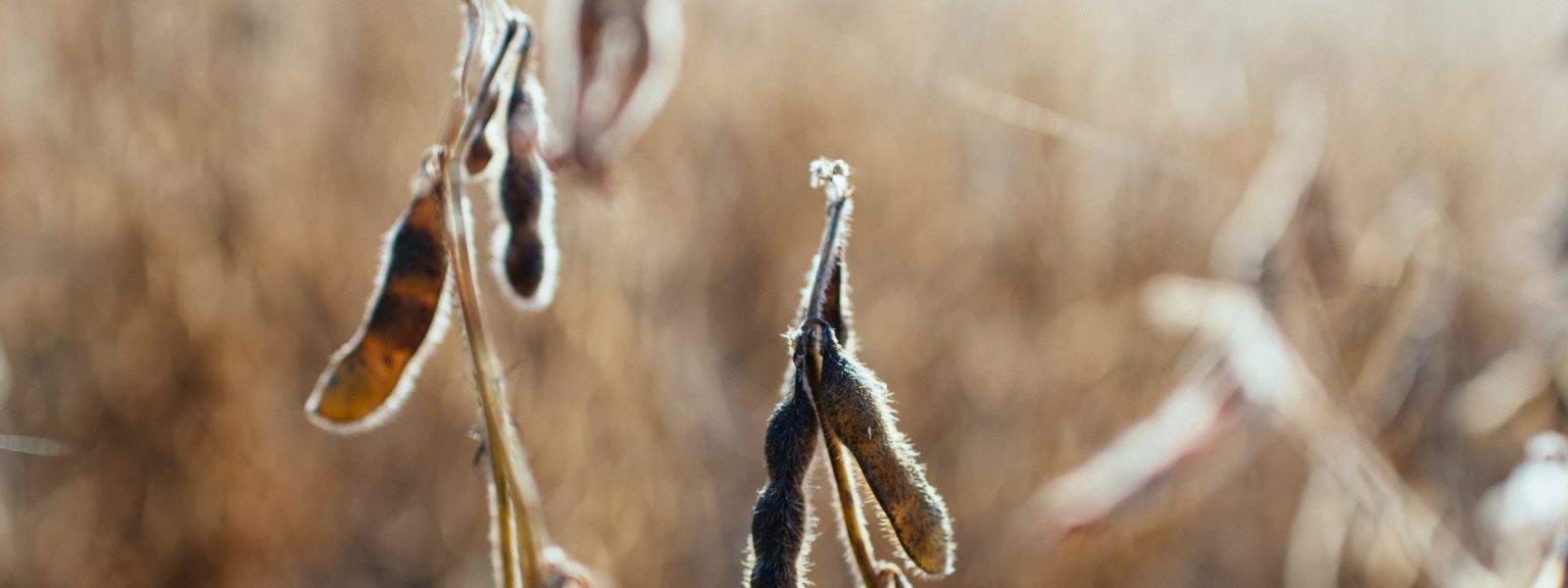Red Clover
The Red Clover Flower grows in many areas of the world including Europe as well as the more temperate regions of the United States. The herb is easily recognized. It is similar to the more common white clover that grows on lawns; (much to the suburban gardener’s dismay, but to the herbalist’s delight)! It is about 12″ high and sports a distinctive red/purple flower top.Throughout the world, Red Clover has been historically used for a variety of chronic conditions. Traditional Chinese Medicine recommended it in herbal combinations for coughs and respiratory ailments.
The herb was a key ingredient in the well-known anti-cancer “Hoxey Formula”, which featured the plant with Burdock and Licorice Root along with other botanicals. In the 1890’s, the pharmaceutical company Parke-Davis marketed Red Clover as an anti-spasmodic and anti-mucous remedy for coughs as well as for its mild sedative actions. Furthermore, Red Clover has been used as a blood cleanser and skin healing remedy for conditions ranging from acne and eczema to boils. Although old time remedies did not focus on Red Clover for its female balancing properties, modern research revealed that the chemical constituents contained in Red Clover – namely glycosides and isoflavones, could be very beneficial in balancing the female system, especially in menopausal women. In addition, these estrogenic-like compounds – Genistein, Biochanin-A, Diadzein and Formononetin – contained very strong anti-oxidant properties, an additional benefit for helping to protect against certain forms of cancers.
(Note that the fruit of the Red Clover has an ovate-pod shape. We often see this in estrogen containing plants such as green beans and soy.)Soy
Soy has been used as a staple for centuries in the orient. It was considered a “sacred crop”by Chinese Emperor Shen Nong, author of ancient oriental medical texts. Today it has quickly become a “trend” food. Products such as tofu, tempeh and soy milk are now found not only in traditional health food stores but in mainstream grocery outlets as well.Interest in soy, specifically for female conditions, stems from the nutrient’s active phytochemical compounds, or isoflavones, which are similar to those contained in Red Clover. These isoflavones are currently being studied for their beneficial effects on conditions ranging from heart disease, breast cancer and osteoporosis to menopausal symptoms including hot flashes and other related ailments.A Powerful Combination
As previously mentioned, both Soy and Red Clover contain phytochemicals called isoflavones, which appear in these nutrients as follows:
Soy: Diadzein, Genistein, Glycitein Red Clover: Diadzein, Genistein, Formononetin, Biochanin-A
In studying both plants, researchers were fascinated to discover that both Diadzein and Genistein had a balancing effect on estrogen. These isoflavones were capable of either raising or lowering estrogen levels naturally, according to the needs of the individual. Women with low estrogen levels, such as those suffering from menopause or polycyctic ovarian disease, could increase their estrogen levels simply by supplementing their diets with isoflavones. The isoflavones bonded with estrogen receptors in the body, thereby helping to raise the hormone level. Conversely, women with too much estrogen could also benefit from isoflavones. In these instances, isoflavones would compete with more aggressive, harmful estrogens for specific estrogen binding sites. Aggressive estrogens may be manufactured by the body, or derived from outside agents such as environmental chemicals, or xenoestrogens from pesticides and herbicides, which have estrogen-like activity. They are often implicated as a causative factor in diseases such as breast cancer or endometriosis.
